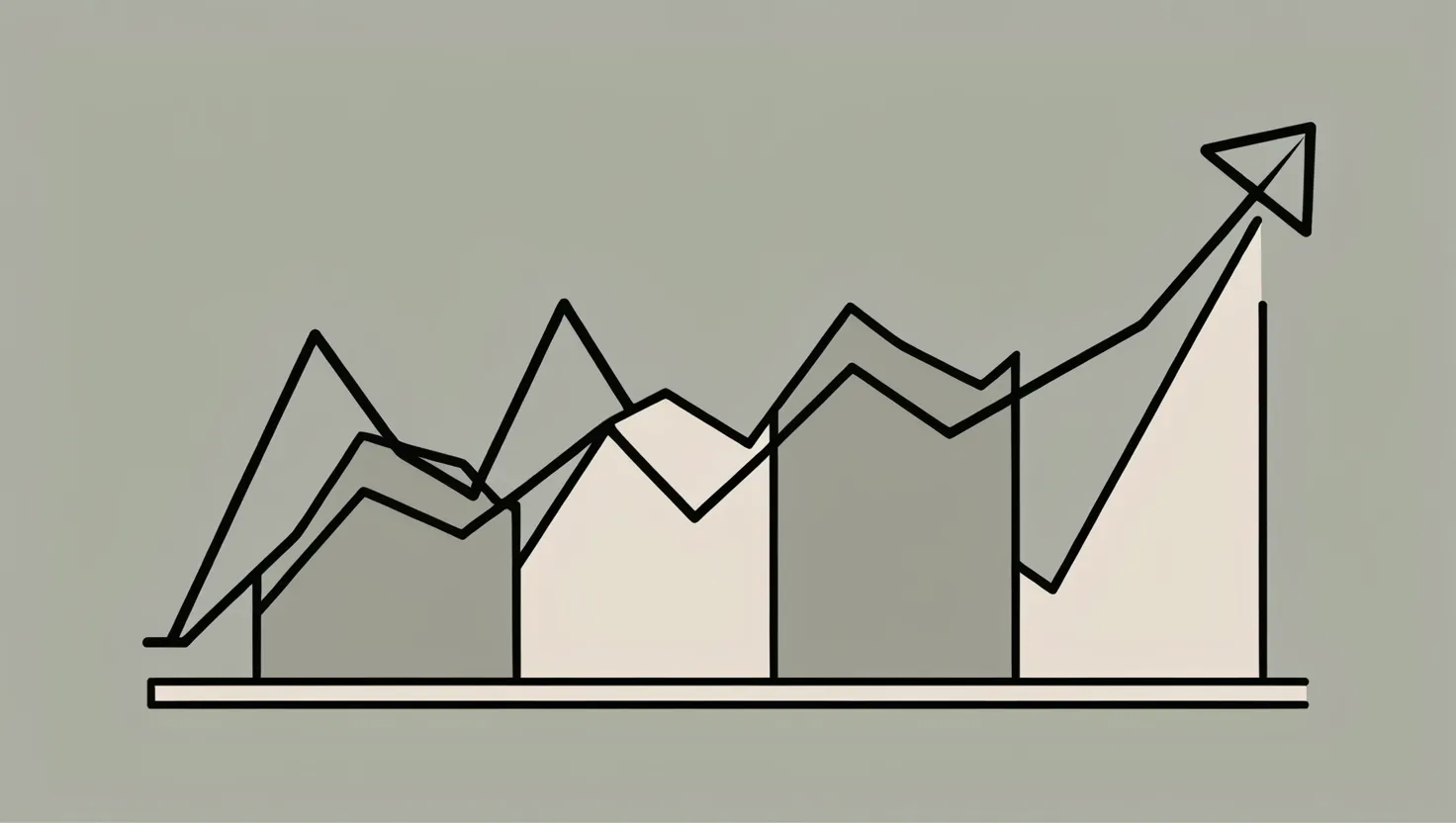Tax-advantaged accounts are like secret weapons for saving money. They're special accounts designed to help you stash cash for big goals like retirement, college, or medical expenses. The best part? They come with some sweet tax perks that can seriously boost your savings over time.
Let's break it down. There are two main flavors of tax-advantaged accounts: tax-deferred and tax-exempt. Tax-deferred accounts, like 401(k)s and traditional IRAs, give you a tax break when you put money in. You don't pay taxes on that cash or the earnings until you take it out, usually in retirement. It's like telling the taxman, "Not today, buddy!"
On the flip side, tax-exempt accounts like Roth IRAs and Health Savings Accounts (HSAs) work a bit differently. You pay taxes on the money you put in, but then it grows tax-free, and you don't pay taxes when you take it out (as long as you follow the rules). It's like paying the taxman upfront and then telling him to take a hike.
So, how do these accounts supercharge your savings? It's all about that tax-free growth, baby! In a regular savings account, you're paying taxes on your earnings every year. But with tax-advantaged accounts, your money can grow without Uncle Sam taking a bite. Over time, that can make a huge difference.
Let's talk retirement. If you're not thinking about it yet, you should be. Accounts like 401(k)s and IRAs are specifically designed to help you save for your golden years. With a 401(k), you can contribute part of your paycheck before taxes, and your employer might even throw in some extra cash. It's like getting a raise and a tax break at the same time!
Traditional IRAs work similarly, letting you deduct your contributions from your taxes. But if you'd rather pay taxes now and avoid them later, a Roth IRA might be more your speed. It's all about thinking about your future tax situation and making the smart choice.
Now, if you've got kids (or are planning on having them), you might be freaking out about college costs. Don't worry, tax-advantaged accounts have got your back here too. 529 plans and Coverdell Education Savings Accounts (ESAs) let you save for education expenses with some sweet tax benefits. With a 529, you can even prepay tuition at some colleges at today's prices. Talk about a deal!
And let's not forget about health expenses. Health Savings Accounts (HSAs) are like the Swiss Army knives of tax-advantaged accounts. You can save for medical expenses, the interest grows tax-free, and you don't pay taxes when you use the money for eligible medical costs. It's like a triple tax win!
Now, you might be wondering who benefits most from these accounts. Generally, higher-earning folks get more out of them because they have more money to save and are in higher tax brackets. But that doesn't mean lower-income households can't benefit too. These accounts can be a great way to start building savings, especially for big goals like retirement or education.
Using tax-advantaged accounts can also make your financial life a whole lot simpler. They help lower your taxable income, give you a structured way to save for specific goals, and offer access to a variety of investment options. It's like having a financial roadmap that also saves you money on taxes.
Let's look at a real-life example to make this clearer. Imagine your friend Sarah, who's 30 and starting to save for retirement. She puts $5,000 a year into her 401(k). Over 30 years, assuming a 7% annual return, that could grow to over $500,000! And she doesn't have to pay taxes on any of it until she retires.
Or think about John, who starts a 529 plan when his kid is born. If he puts in $2,000 each year and earns a 6% return, he could have over $100,000 by the time his kid is ready for college. And if he uses it for education expenses, it's all tax-free!
So, how can you make the most of these accounts? First, automate your savings. Set it up so money goes into these accounts automatically each month. It's like putting your savings on autopilot.
Next, choose the right account for your goals. If you're worried about medical expenses, an HSA might be your best bet. If you're focused on retirement, look into a 401(k) or IRA.
Think about your tax situation too. If you expect to be in a higher tax bracket in the future, a Roth IRA might be the way to go. If you're in a high tax bracket now, a traditional IRA or 401(k) could be better.
And if your employer offers matching contributions to your 401(k), take full advantage of that! It's basically free money. Don't leave it on the table.
It's worth noting that other countries have some interesting approaches to tax-advantaged savings. Canada has Tax-Free Savings Accounts (TFSAs) and the UK has Individual Savings Accounts (ISAs). These accounts are simpler and more flexible than some of the options in the US, and they're used by people across all income levels. Maybe we could learn a thing or two from our neighbors!
In the end, tax-advantaged accounts are powerful tools for anyone looking to save more effectively. They can help you grow your savings faster and pay less in taxes. Whether you're dreaming of a comfy retirement, worried about future medical bills, or trying to figure out how to pay for your kid's education, these accounts can help you get there.
So take some time to explore your options. Talk to a financial advisor if you need help figuring out which accounts are right for you. And remember, the earlier you start using these accounts, the more time your money has to grow. Your future self will thank you for taking advantage of these financial superpowers!






